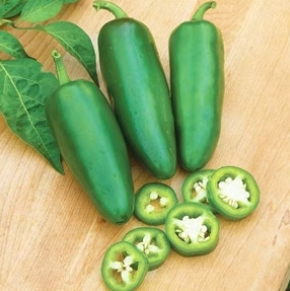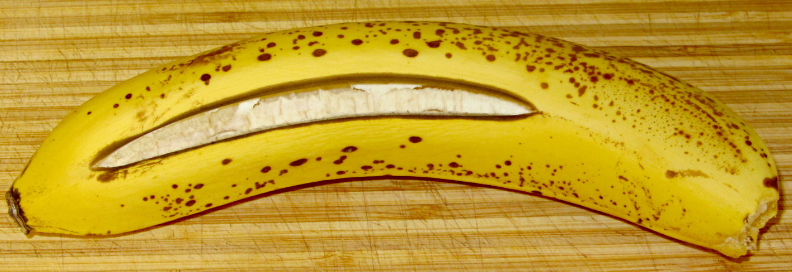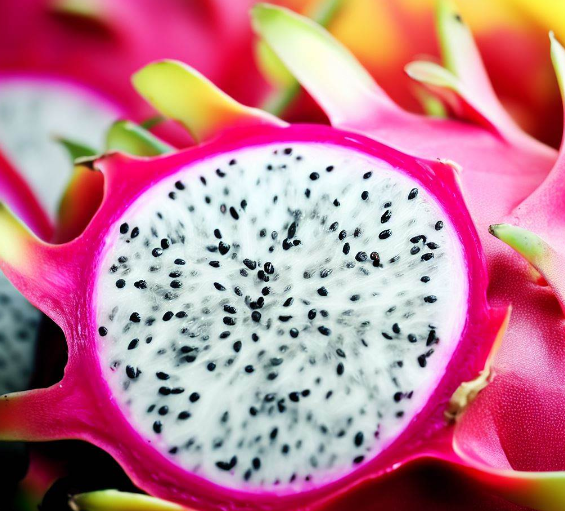Watermelon is a tasty and juicy snack that both people and dogs like to eat when it’s hot outside. We know that dogs can eat the red part of the watermelon, but what about the watermelon rind? The rind is the hard, green part on the outside of the watermelon.
Dogs eat many different kinds of food because they are omnivores. They mostly eat meat, but they have learned to eat other things too. Dogs can eat many of the same things that people eat, but some things can be bad or even harmful for them.
Table of Contents
What Good Things Can Dogs Get from Eating Watermelon Rind?
Many dog owners want to know if giving their dogs watermelon rind is safe. The good news is that it’s not poisonous for dogs. If given in small pieces, they can have it sometimes. But it’s important to prepare it right and only give it to them once in a while.
A big reason to give dogs watermelon rind is that it has a lot of fiber. It has more fiber than the red part of the watermelon. Fiber helps dogs digest their food. It makes their poop solid and helps the food move easily through the gut. This can help prevent constipation.
The watermelon rind also has small amounts of vitamins, minerals, and things that can help protect the body like vitamin A, vitamin C, magnesium, potassium, and the antioxidant called lycopene. Lycopene can help reduce swelling and help the immune system. But, the rind doesn’t have as many of these good things as the red part of the watermelon, which is full of nutrients.
The rind of the watermelon can give your dog extra fiber for digestive health. But remember, there aren’t as many vitamins, minerals, and antioxidants as there are in the red flesh.
What Are the Possible Bad Things About Giving Watermelon Rind to Dogs?
Even though watermelon rind has some benefits, it could also cause problems. Dog owners should know about these dangers:
- Stomach upset – If a dog eats too much rind, or the hard green part, it can be hard to digest. This might cause an upset stomach, throwing up, or tummy pain.
- Blockage in the gut – If a dog eats big pieces of rind and can’t digest them, it could block their intestines, which is a big emergency.
- Choking – The rind can be hard to chew and could make a dog choke. This is more likely in small or young dogs.
- Pesticides – The rind might have chemicals on it if it’s not washed well. It’s safer to give your dog rind from watermelons that are organically grown.
- Sugar – The rind has natural sugars. Eating a lot of sugar isn’t good for dogs and can lead to weight gain or diabetes.
If you know the risks, you can give your dog small pieces of watermelon rind as a treat. But dogs don’t need to eat it for their health.
How to Give Watermelon Rind Safely to Dogs
When giving dogs watermelon rind, you should take some important precautions:
- Take out the seeds: Make sure all the seeds are gone because they can make a dog choke.
- Chop it up small: Cut the rind into little pieces. This helps prevent choking and makes it easier to eat.
- Less is better: Treats should make up only a little part of a dog’s diet. Give watermelon rind just once in a while and not too much.
- Watch your dog: Some dogs might be sensitive to new foods. See how your dog acts after eating watermelon rind. Stop giving it if your dog seems sick.
- No spices or salt: When you give your dog watermelon rind, it should be plain, with nothing added that could hurt your pet.
What’s the Best Way to Give Dogs Watermelon Rind?
Here’s how to give your dog watermelon rind:
- Clean the rind very well to remove any chemicals. It’s better to choose watermelon that is grown organically.
- Cut the rind into small pieces to avoid choking and to help digest it better. Don’t give big chunks.
- Don’t give too much – just a few pieces once or twice a week. A lot of rind could upset a dog’s stomach.
- Start with a little bit to see if your dog likes it and can eat it without problems. Stop if your dog has diarrhea or other issues.
- Watch your dog while it eats to make sure it is chewing properly and not swallowing big pieces.
- Stay away from the hard, white edge of the rind. Give your dog the softer, greener part towards the inside.
- Be especially careful with small dogs or puppies. They might have a harder time eating rind, so you might want to not give them any.
These tips can help dog owners give their dogs watermelon rind safely. Always provide lots of fresh water, too, to help with digestion.
What Parts of Watermelon Can Dogs Have?
Even though dogs can eat watermelon rind in small amounts, the most nutrition comes from the red part and even the seeds. Let’s look at each part:
- Flesh: The juicy red part gives dogs water and nutrients like vitamins A, C, and B-6, potassium, and lycopene. It’s low in calories, safe, and healthy.
- Seeds: Watermelon seeds are not poisonous to dogs. They have nutrients like protein, fats, fiber, and minerals. But dogs should only have a few seeds at a time.
- Rind: As we’ve discussed, the green rind can give dogs fiber and a little bit of other nutrients. It’s okay to eat in moderation.
To sum up, dogs can eat all parts of a watermelon without seeds. The rind is okay to give to dogs, but the best nutrition is in the red flesh and seeds.
Conclusion
In conclusion, if prepared the right way and given in small amounts, watermelon rind is mostly safe for dogs. It can help keep them hydrated, help with digestion, and be fun to chew. Just make sure there are no seeds, cut it into small pieces, and don’t add any spices or salt.
Always watch how your dog is doing after eating watermelon rind, and make sure they’re chewing it well. When given carefully, watermelon rind can be a nice, healthy snack for your dog.









